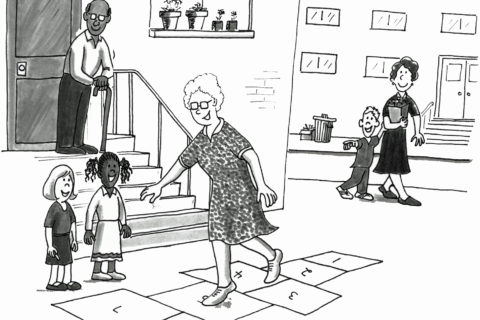
The world and the US were caught unprepared to face this unprecedented crisis. We did not have a proper chain of command established at the federal level, not enough test kits, supplies, or hospital beds and healthcare workers to deal with COVID-19.
The government hopefully will do its part. Congress has voted a $2.2 trillion stimulus package to help people who are out of work and businesses that cannot operate and must shut down. The Army Corps of Engineers and FEMA are supplying additional beds and equipment. Private businesses like GM and others are being asked to manufacture ventilators, to save the seriously ill.
People also need to do their part, which is to maintain physical distancing. But we also need to be ready for when someone in our household catches the virus and has to be taken care of at home.
This will be the norm till we can show up at an ER or doctor’s office and be treated. Today even when we feel miserable there is little medical help.
How long will the shortages last? Possibly months. Data and numbers are too many for laypeople to make sense out of.
The closest comparison, in my mind, is the seasonal flu. But unlike flu, since no vaccine is yet available for COVID-19, we will see many more people contracting — causing an overload on the health system. A vaccine for COVID-19 is more than a year away.
The best-case scenario is to slow down the spread, by isolation, while we build up the capacity of the healthcare system to test and treat more people.
Until then we must stay locked down, and be prepared to take care of an infected member of the household at home:
- Isolate the sick person in a separate room if possible — no sharing of beds, clothes, towels and dishes.
- If possible, do not share a bathroom. Otherwise, clean the surfaces frequently.
- When the caretaker and the sick person are in the same room, both must wear N95 masks. Discard them after each use.
- Wash the patient’s clothes separately. Store unwashed clothes in a lined bag.
- Patients’ dishes must be washed separately in a dishwasher or with soap and water.
- Use a lined container to dispose of gloves, masks and the sick person’s trash.
CDC gives reliable information on “how to care for at home”, and “when to end isolation”. They recommend ending isolation 72 hours after the fever is gone and other symptoms become milder, and when 7 days have passed since the first symptoms appeared.
Being prepared, discussing with family members how and where they want to be quarantined and knowing how long the sick person might have to be isolated can diminish everyone’s anxiety.







